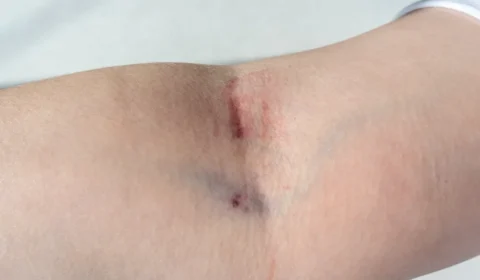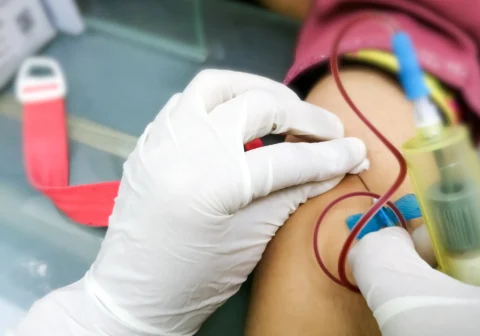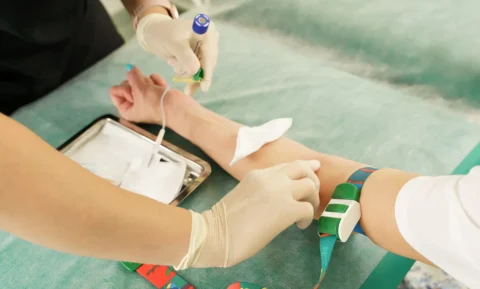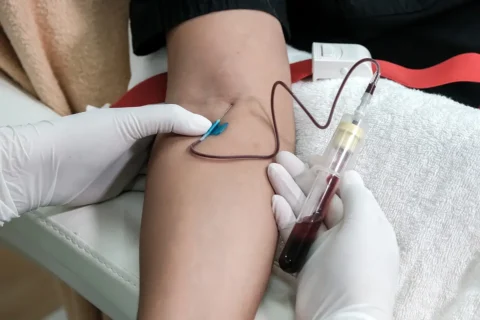Tirzepatide vs Trulicity: A Comparison of the New Kid and the Veteran Drug
When it comes to managing type 2 diabetes, you’ve got options for injectable medications that can help lower blood sugar. Two of the biggest players are the new kid on the block, tirzepatide, and the veteran drug trulicity (dulaglutide).
They’re kind of like cousins who come from the same family of drugs called GLP-1 receptor agonists. But they’ve got their own unique talents that set them apart from each other.
Think of tirzepatide as the hot young rookie athlete who’s been getting a lot of buzz lately for breaking records. The FDA just called it up from the minors in 2022 to play in the big leagues against type 2 diabetes.
Early stats are showing this all-star has a real shot at being a heavy hitter when it comes to lowering A1C and helping people drop pounds.
Meanwhile, trulicity is the seasoned veteran who’s been around since 2014. It’s got experience on its side and knows how to get the job done when it comes to tackling high blood sugar.
Trulicity might not light up the scoreboards quite like tirzepatide, but it’s a steady player with a proven track record you can count on.
Both meds suit up for the same team – they’re taken once a week by injection to help rein in blood sugar. But they’ve got their own styles and strengths that we’ll break down for you.
By the end of this head-to-head matchup, you’ll have a better idea which player is the right fit for your diabetes game plan.
Mechanisms of Action
Let’s dig into how these two all-star medications actually work their magic.
Tirzepatide (brand name Mounjaro) is like a Swiss army knife – it’s got double the tools. This drug activates both the GIP and GLP-1 receptors in your body, giving it a one-two punch.
It works by telling your pancreas to release more insulin when you eat to lower blood sugar. It also puts the brakes on the liver releasing sugar. And to top it off, it slows down how quickly food moves through your stomach so you feel full faster.
Trulicity has a more straightforward approach – it zeroes in on just the GLP-1 receptor. So it mainly works by boosting insulin and putting the kibosh on sugar-boosting glucagon.
It also slows digestion like tirzepatide. But with just a single focus, it doesn’t quite have the same wide-ranging effects.
It’s like tirzepatide is a five-tool player in baseball – it can hit for power, run, field, throw, and hit for average. Meanwhile, trulicity is stellar at two tools – hitting for average and fielding – but doesn’t have the speed or power of tirzepatide.
So while trulicity can still put runs on the board against diabetes, tirzepatide looks like it has the potential to be a real MVP. But let’s take a look at some real-world stats from clinical trials to size up what kind of performance we can expect.
Clinical Trial Evidence
Stats don’t lie – when you look at the clinical trial scorecards, tirzepatide seems to come out on top.
In head-to-head studies measuring reduction in A1C (a key test for diabetes management), tirzepatide appears to outswing trulicity. Over 26 weeks, tirzepatide knocked A1C levels down by a whopping 2.7%, while trulicity only managed a 0.9% reduction.
That’s a pretty sizable difference that highlights tirzepatide’s talent for hitting blood sugar out of the park.
And when it comes to weight loss, tirzepatide looks like the runaway favorite. In one study, it helped people lose an average of up to 22% of their body weight in about a year – that’s a huge amount! Trulicity has also shown it can help take off some pounds, but only around 10% in clinical trials.
So if we’re keeping score, tirzepatide is winning 2-0 when it comes to effectiveness on diabetes control and weight loss. But let’s take a look at the downsides and risks that can come with superior performance. Just like a baseball slugger might strike out more often, tirzepatide also has some drawbacks to consider.
Safety and Side Effects

When you swing for the fences, you might strike out more too. And tirzepatide does come with slightly higher risks than its veteran counterpart.
Both meds have some common side effects like nausea, vomiting, and diarrhea – not fun but manageable. But because it packs a more powerful punch, tirzepatide also causes side effects more often.
There are also some unique safety considerations for each player. Trulicity and tirzepatide both carry a risk of pancreatitis. But tirzepatide also has a potential increased threat of thyroid cancer that requires caution – especially if you have a family history of thyroid cancer.
At the end of the day, both these medications are still considered safe and effective for most people. But it’s good to be aware of the risks before signing on with either player.
Tirzepatide may deliver superior results, but you have to be willing to tolerate some additional strikeouts in the form of side effects. And not everyone may be comfortable with that tradeoff.
Cost and Availability
At the end of the day, talent on paper doesn’t matter if you can’t get the player on your team. When choosing between tirzepatide and trulicity, real-world factors like cost and insurance coverage might influence your decision.
Trulicity has been around longer, so it’s likely going to be more widely available and affordable – especially if your insurance covers it. Tirzepatide is still the hot new kid, so insurance coverage and access may be limited until it becomes more established.
The good news is that with the right insurance, you can usually get a good deal on the one your doctor recommends. But if you have to pay out of pocket, trulicity likely has cheaper generic options that can help lower the cost.
While tirzepatide looks like the MVP superstar on paper, real-world factors like insurance coverage and prescription costs may sway you toward the veteran trulicity instead. Talk to your doctor and insurance provider to get the full scouting report on your options.
FAQ
What company makes Mounjaro and Trulicity?
Both Mounjaro (tirzepatide) and Trulicity (dulaglutide) are made by the pharmaceutical company Eli Lilly.
Are Mounjaro and Trulicity approved for adults with Type 2 diabetes?
Yes, Mounjaro and Trulicity are FDA-approved for use in adults with Type 2 diabetes mellitus to help control blood sugar levels.
How much weight loss is seen with Mounjaro versus Trulicity in patients with Type 2 diabetes?
In clinical trials, Mounjaro led to greater average weight loss compared to Trulicity in patients with Type 2 diabetes. Mounjaro patients lost approximately 8-14% of body weight depending on dosage, while Trulicity patients lost less than 1% on average.
What are the common side effects and adverse events seen with these medications?
Nausea, vomiting, diarrhea, and decreased appetite are common side effects seen with both Mounjaro and Trulicity. Mounjaro may have a higher frequency of gastrointestinal side effects. Rare but serious adverse events can include pancreatitis and gallbladder problems.
Do Mounjaro and Trulicity reduce cardiovascular events?
Trulicity is FDA-approved to reduce major cardiovascular events like stroke and heart attack in diabetes patients with heart disease. It is still unknown if Mounjaro provides cardiovascular benefits – a large clinical trial is underway.
How do these drugs lower blood glucose levels?
Mounjaro activates both GIP and GLP-1 receptors while Trulicity activates the GLP-1 receptor only. This leads to increased insulin release, reduced liver glucose production, and slowed stomach emptying.
Are Mounjaro and Trulicity approved as weight loss drugs?
No, at this time Mounjaro and Trulicity are only FDA-approved for the treatment of type 2 diabetes. But they may be prescribed off-label by doctors for weight loss.






